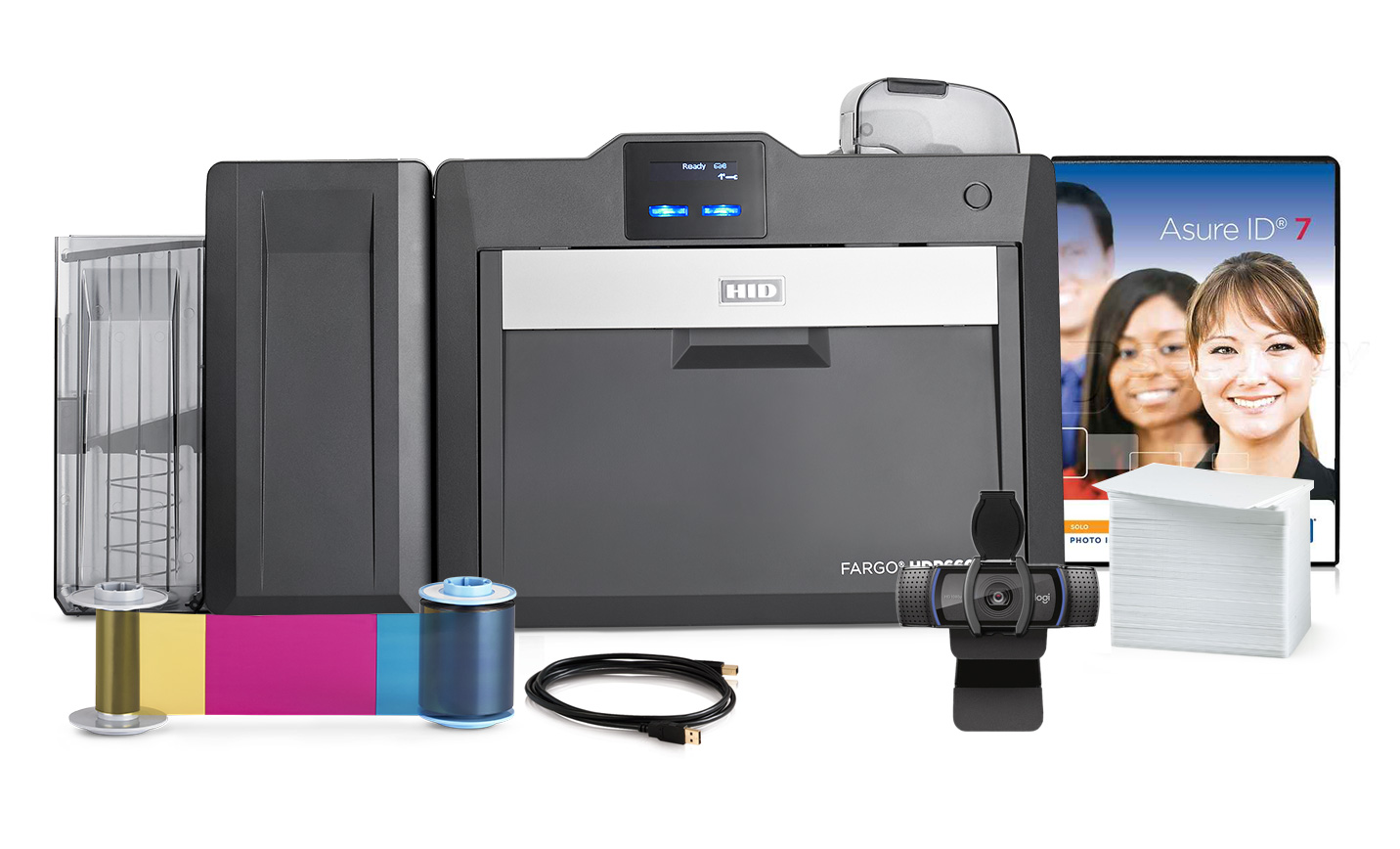
The Hybrid Preference
With the influx of organizations re-opening their offices across industries, leadership teams have to balance the desires of their employees with the best path to productivity and growth for their business.
Pew Research surveys show that 64% of employees that started working from home due to the pandemic, claim it improves their work-life balance. Productively speaking, 44% felt that remote work made it easier for them to meet deadlines. Up to 60% would still prefer to work remotely, despite the recent options to come back into the office.
So what does this mean for business leaders? On one hand, CEOs may have a tougher time leading teams in virtual settings; meetings are less collaborative, timely, and easy to assemble, as opposed to being in the same office or conference room. On the other hand, while some workers may miss in-person company culture, surveys show that the majority of employees have grown accustomed to the perks of the WFH environment, and are willing to switch jobs to keep that option.
The obvious solution is a hybrid workforce, which data suggests is the preferred option: “54% of employees who work remotely at least some of the time, say they would ideally like to split their time between working at home and in the office. Over a third (37%) would like to work from home exclusively, while 9% want to return to the office full time” (Gallup 2022).
Now that we understand the prevalence of adopting the hybrid workforce, we can evaluate how companies must adapt their IT and security measures to accommodate both work environments.
How Do IT and Security Support Hybridized Workforces?
With fewer people in the office, it may appear there are fewer liabilities. However, less presence of staff, third parties, or contractors should not equate to less security. On the contrary, upgrades to security systems should take place as people start to come back into the office. Now would be a great time for IT & security teams to evaluate how strong their physical access control systems are. Maybe your organization is having a hiring influx or turnover in partners, and now there’s a need for new secure ID card issuance and access control modifications.
Just because your entire workforce isn’t in the office at the same time, doesn’t mean your security responsibilities change. However, we’ve observed some organizations get a little lax when fewer of their personnel are physically on the facility premises. To combat this misconception; let’s evaluate a few options below for physical access control upgrades and ID card systems, to sufficiently secure your people, facilities, and data.
How to Better Maintain Physical Access Control
Physical Access Control Upgrades:
If you’re employed in an industry where working remotely was never an option such as healthcare, manufacturing, or the energy/utility sector, you might be more concerned with security technologies to protect your workforce. However, if you’re an IT person working with an enterprise that does offer a hybrid environment, it doesn’t necessarily mean you can forgo upgrading the same access control technologies.
Are there areas or departments in your facility that still depend on low-frequency 125Khz prox cards? No matter the size of your organization or the number of people on-prem at any point in time, your physical measures & procedures are not going to be secure, nor industry compliant, if your legacy technology is supported by easily cloneable credentials.
The team at ADVANTIDGE can support your existing physical access control with repairs, or upgrades. If you need to replace your physical access control system altogether, we can also help you make the transition in manageable stages, to avoid untimely disruption.
ID Badges and Systems:
You may have penetration tested your physical access control system, upgraded, or replaced it already, and you just need to get more materials and credentials to continue to support it. Yet, while some IT departments are on top of authorizing new ID cards and maximizing their system’s protocols, we’ve noticed other enterprises loosen restrictions on the purpose those are meant to serve.
As previously mentioned, ensuring your physical access system isn’t relying on outdated technology is the first step in enforcing better access control practices.
To learn about secure ID card issuance; check out our blog on HID Cards: Seos vs. iClass. Vs. Prox to determine which option fits your needs best.
The most secure solution for your enterprise is HID’s Seos credential technology.
Seos leverages widely reviewed open standards and best-in-class cryptography for unrivaled data & privacy protection. Supported by a software-based infrastructure, Seos secures trusted identities on any form factor and can be extended for applications beyond just physical access control. This can allow flexibility to support safety and privacy across your unique mix of form factors and applications utilized within your industry.
Perhaps you have HID cards for authenticated access and are issuing new credentials, but then your ID Card printer shorts out. We hope this isn’t the case, but if you’re in the market for a new retransfer printer with multiple capabilities we recommend:
HID® FARGO® HDP6600 ID Card Printer
The HID Fargo HDP6600 ID badge printer supports high-volume secure ID card issuance. The multiple field-upgradable encoder options are available for one-step, inline printing, and encoding.
______________________________________________
Dual Work Environments = Different Needs:
Below we’ll discuss security solutions that provide unique, as well as inclusive, needs that can accommodate both WFH and in-person employees. With employees working at home, the onus on IT is to secure virtual settings, networks, and devices. With employees working at the office, physical and logical access control systems have to be in place to secure people, data, vital areas, and company assets.
To account for the hybrid work environment, many teams are implementing Multi-factor authentication. ADVANTIDGE MFA offers logical access solutions that benefit both the physical and digital environment such as:
- Activ Multi-Factor Authentication: Prevents breaches and achieves compliance with the updated NIST SP1800-171 and equivalent mandates, policies, and guidelines across multiple industries. Ideal for:
- Organizations securing mobile employee remote access to networks and applications behind the firewall and in the cloud
- Organizations securing access to partner portals
- Governments, banks, and healthcare providers securing access to online services for citizens, customers, and patients
- HID PIV (Personal Identity Verification): This government-strength solution leverages a vast ecosystem, digital and physical, across many applications and operating systems. Check out the video below to see for yourself:
Multi-factor authentication is great for securing both physical and digital access permissions, a perfect blend to compliment the hybrid workforce.
______________________________________
With the reopening of offices and the adoption of hybrid work environments, physical access control cannot be under-prioritized. While remote staff can utilize multi-factor authentication for secure login, in-person staff must equally be required to verify their identity for authenticated access.


